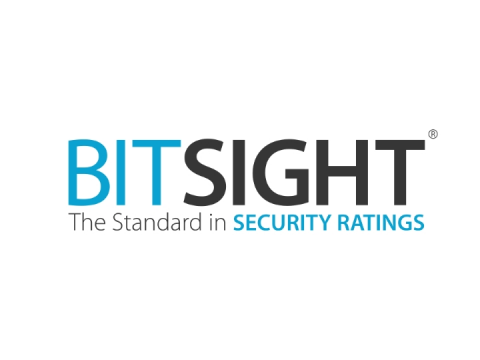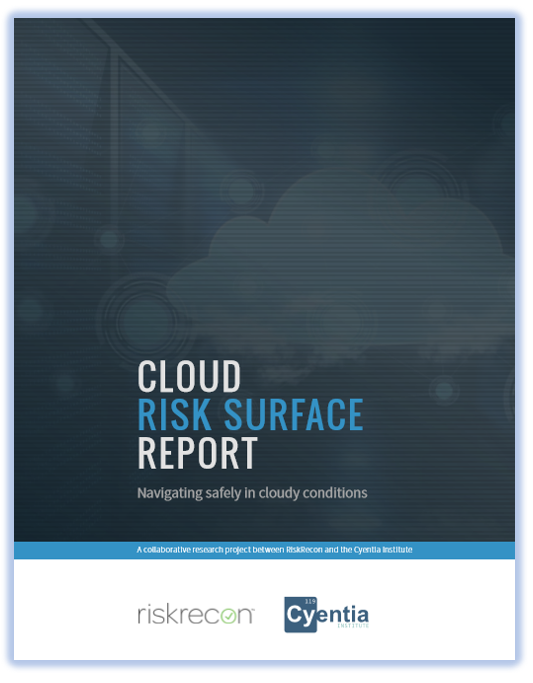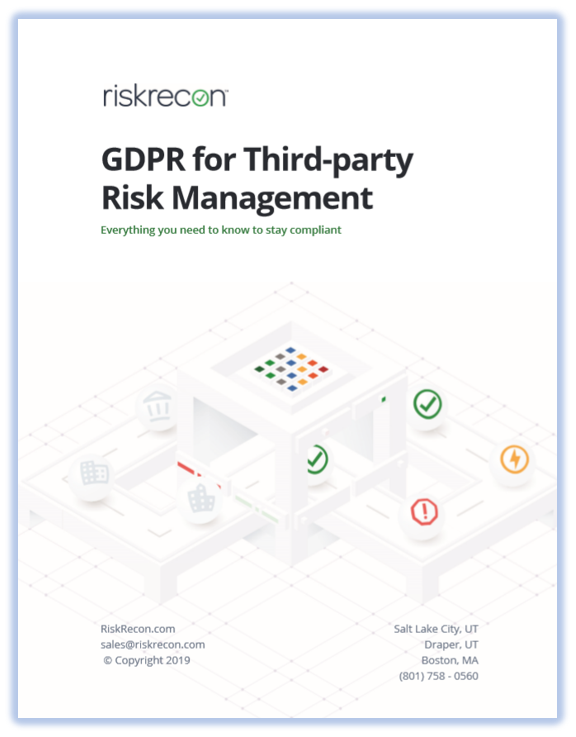Going Viral: The Challenges and Urgency of Managing Third-Party Risk
Modern cyber threats such as data breaches and attacks can have significant productivity and financial effects on the business, ranging from unexpected system downtime and business interruption to system damage and data loss.
Cloud Risk Surface Report (1.54 MB)
This report (re)uses the same data set behind the Internet Risk Surface Report. It is derived from RiskRecon’s work in providing companies objective visibility into their third-party cybersecurity risk. For each organization analyzed, RiskRecon trains machine learning algorithms to discover internet facing systems, domains, and networks. For every asset discovered, RiskRecon analyzes the publicly accessible content, code, and configurations to assess system security and the inherent risk value of the system based on attributes such as observable data types collected and transaction capabilities. RiskRecon provided Cyentia a large anonymized sample of their production data set for this research.
The Forrester New Wave™: Cybersecurity Risk Rating Solutions
In Forrester’s evaluation of the emerging market for cybersecurity risk rating solutions, we identified the nine most significant providers in the category — Bitsight, Fico, iTrust, Normshield, Panorays, Prevalent, Riskrecon, SecurityScorecard, and upGuard — and evaluated them. This report details our findings about how well each vendor scored against 10 criteria and where they stand in relation to each other.
GDPR for Third-party Risk Management eBook
Europe’s GDPR is widely-discussed in today’s news cycles and for good reason. The regulation impacts many organizations throughout the world, and violations of the regulation can result in material fines. One big question remains for many businesses, how do third-party services fit into this new regulation and what can organizations do to protect themselves from third-party risks to meet the standards?
Third-Party Risk Management eBook
If your company employs third parties, then the responsibility falls to you and your employees to manage the risk they bring. But how do you go about designing and implementing your third-party risk management program for maximum effectiveness?
OneTrust accelerates vendor risk capabilities with CSA partnership
In December 2018, privacy management provider OneTrust announced a partnership with the Cloud Security Alliance (CSA) and the availability of free vendor risk assessment capabilities to all CSA members. In the era of the EU's General Data Protection Regulation (GDPR) and similar proliferating data protection regulations around the globe, the enterprise's capacity to evaluate its vendors and partners grows in importance.
How to Strengthen Your Vendor Risk Management Strategy through Automation
As organizations grow, the number of vendors on which they rely increases to form a complex ecosystem. Many cyber attacks, however, are launched through third-party vendors.
Taking a Confident Approach Toward Managing Third-Party Risk
Building new digital relationships with third-parties increases exposure to a cybersecurity breach.



















